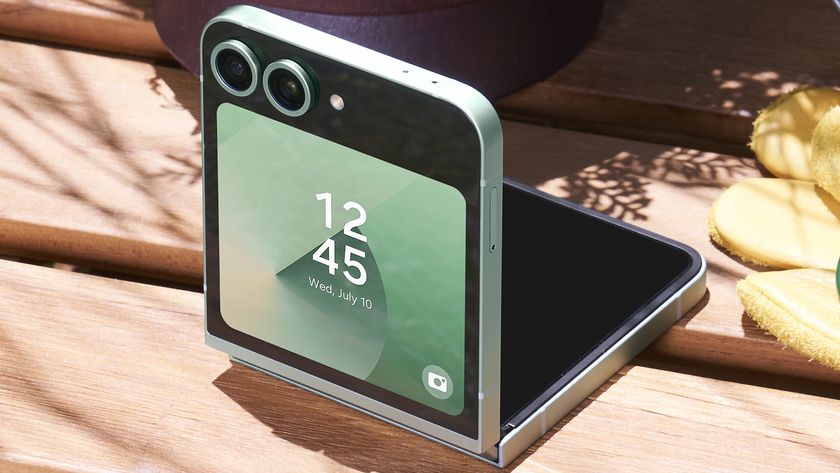In the BI of the beholder: Tableau on what it means to be 'data driven' in 2014
'It's part science, part art'
TRP: Can you tell us about the research teams you head and what they're working on?
JM: There are two groups under me - one is a user experience design team that was started around two-and-a-half years ago. That was an investment.
Then about a year ago it seemed that the company was large enough to start a higher set of people that didn't have development or UX design as their full-time job, but were more about straight-forward innovation. Altogether we hired five people - it's a natural part of growth to be able to invest in specialists.
TRP: From what types of backgrounds do your hires usually come from?
JM: Because Tableau came out of the research world we've had research interns and professors. One of the recent hires, Maureen Stone, has been consulting for the company. Another was a professor on sabbatical who said he wanted to stay at the right moment, which was roughly the time when Tableau Research started. The new hires have been hugely successful, so if I find more good people, I can easily justify hiring them too.
We're very collaborative in our research, so we look for people who have multiple disciplines that they're skilled at as it creates a natural affinity for collaboration between them. Most of the team is skilled at data visualisation, but there's multiple people on it that do statistics, and they're all interested in our mission. They write academic papers, so they're also PhD-level people.
TRP: Do you see any parallels between them and your old colleagues at Xerox Parc?
Are you a pro? Subscribe to our newsletter
Sign up to the TechRadar Pro newsletter to get all the top news, opinion, features and guidance your business needs to succeed!
JM: Back when I was at Parc there were people who were full-time research guys that wrote awesome papers but might have shifted topics from one place to another over the course of their career. It makes sense at Tableau to hire people who are on a mission as everybody will be driven to working toward the same goal - the team is driven to have impact on the product.
TRP: What's on Tableau's roadmap in the next 12 months?
JM: We're now a public company, and the conversations of roadmap get more vague when you're public. We've just put Tableau 8.2 to bed, and after having a week off the whole team is now pivoting to release 9 and working on various things. Some people I talk to said that it's natural to think that one vector Tableau could be on going forward is that of adding new types of visualisations.
The interesting point to make there is that we try to only add visualisations that are useful. We've got a load of those in the product, but visualisation isn't just about the visual and coding of data, it's about interaction and using those visual representations in an interactive way.
That'll be a major vector of innovation going forward, and there's a lot of engineering to do in that area. That's part of what's going to happen in release 9. From an engineering point of view, when you're using web browsers or mobile devices, you have to worry about client-server architectures, so we've been working on that for a couple of years.
We'll make it possible for client-side devices to have rich interaction on them, and some of that will happen in 9 too, while some of it will happen after that as we start to take advantage of it












